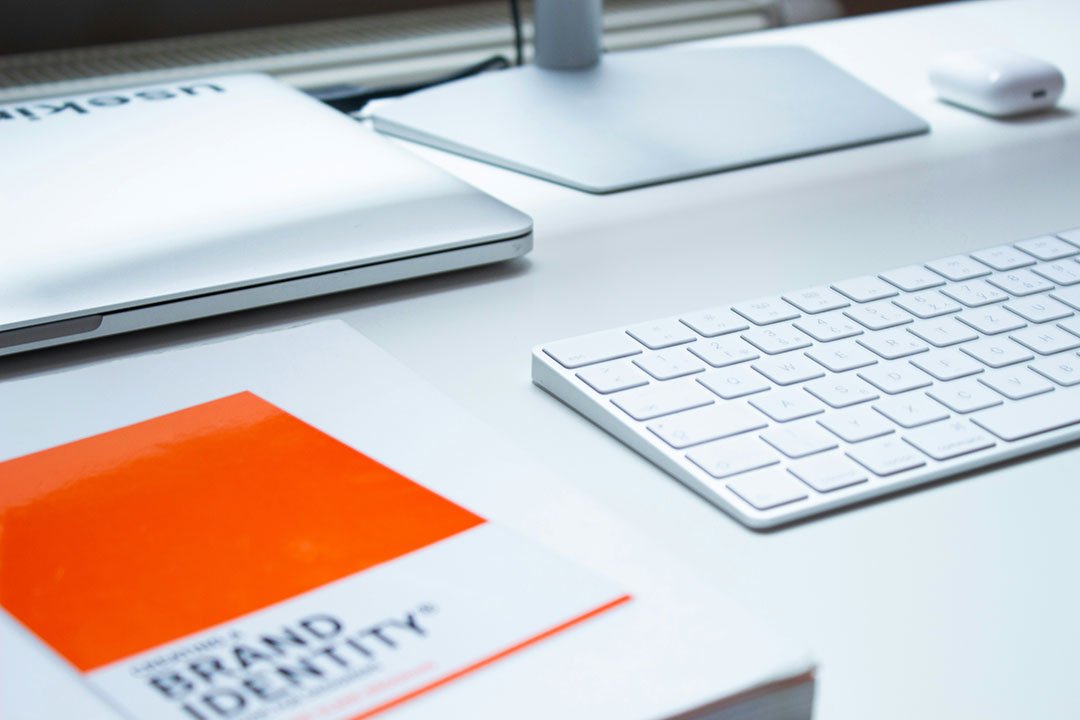
Corporate Watch
By Amelia H. C. Ylagan

A brand is a “name” that calls forth a “reputation” significantly above the standard expectations of the public for a product or service. The “name” is often made visual by a logo (like a nation’s flag), by a slogan (like a “credo” of an organization), or maybe a musical jingle (like a national anthem of a country).
Yes, a company can become inseparable from its brand. Coca-Cola the soft drink is synonymous with Coca-Cola itself, even though the company now owns Schweppes, Dr Pepper, and Hi-C, among hundreds of other brands.
The top five global brands in 2023 were Apple, Microsoft, Amazon, Google, and Samsung, according to a ranking by Interbrand. Microsoft’s score was up a big 14% year over year.
In marketing, the brand is created through elements of design, packaging, and advertising that, as a whole, differentiates and distinguishes the product from its competitors. The product contributes to the “brand equity” of the company that produces it. It earns “brand loyalty” from consumers. A successful brand provides a huge contribution to the income and profits of a company, giving it a competitive edge over others in the same industry.
There are protection laws for companies and products. Republic Act No. 8293 (the Intellectual Property Code) protects registered patents — any technical solution to a problem in any field of human activity which is new, involves an inventive step, and is industrially applicable, same as trademarks, copyrights, and industrial design.
To protect the consumer, the “truth in advertising” clause in the Consumer Act of the Philippines (RA 7394) prohibits “any person to disseminate or to cause the dissemination of any false, deceptive or misleading advertisement by… (any) medium for the purpose of inducing or which is likely to induce directly or indirectly the purchase of consumer products or services.”
Then there is the Philippine Competition Act (PCA) or RA 10667, the primary competition law of the Philippines for promoting fair competition in the marketplace and protecting the well-being of consumers in the process. The PCA was passed only in 2015, after languishing in Congress for 24 years. Its antitrust rules prohibit mergers, acquisitions, cartels, and cooperative agreements between market operators that would control the market. By limiting the market power of any particular firm, the more normal supply and demand forces will serve the wants and needs of the public.
But is the public still trusting the same brands, the same product/company names today?
What’s in a name, anyway?
The term “brand” is actually an intangible marketing concept that helps people recognize and identify a product and, at best, reach for it instead of one of its competitors. The tangible, physical delivery of a product still would be the role and responsibility of the company that owns the brand/name of the product. For better or for worse, many brands have changed company ownership.
An article in Esquire magazine (April 13, 2021) lists the companies (and their brands) owned by Jollibee Foods Corp. (JFC), the country’s largest food service network, with its 3,211 outlets in the Philippines, and 2,601 stores overseas, a total of 5,812 restaurants worldwide. These are:
1. Jollibee. The flagship brand is the Philippines’ largest fast-food chain, founded by Tony TanCaktiong in 1978.
2. Chowking
3. Greenwich Pizza
4. Red Ribbon
5. Mang Inasal
6. Burger King
7. The Coffee Bean and Tea Leaf
8. Pho 24
9. Panda Express
10. Highlands Coffee
11. Yonghe King
12. Tim Ho Wan (master franchise for the Asia-Pacific region except Hong Kong)
13. Dunkin’ Donuts (franchise for China only)
14. Hard Rock Café (a joint venture between Jollibee and Viet Thai International for Vietnam)
15. Hong Zhuang Yuan (Beijing-based)
16. Smashburger (100% owned, operating in US and some other countries)
Just as a parallel example, here are the companies owned or formerly owned by McDonald’s, Jollibee’s competitor (from mcdonalds.fandom.com):
1. McDonald’s (permanent; primary brand)
2. Ronald McDonald House
3. Weenie Hut Jr’s (2004-present)
4. Krispy Kreme (2010-up to the COVID shutdown)
5. Domino’s Pizza (until 2003)
6. Chipotle Mexican Grill (until 2006)
7. Pret A Manger (until 2008)
8. Redbox (until 2009)
9. Aroma (1999-2002)
10. Boston Market (2000-2007)
11. Firehouse Subs (2001-2005)
Now we continue with more brand acquisitions in the retail food industry in the Philippines.
The French Baker was founded by Johnlu Koa, then 27 years old, in 1989. He was supplying bread products to SM Supermarket while teaching Strategic Marketing as an assistant professor at the University of the Philippines. One day, Mr. Koa received an invitation from SM to open a store at SM City North EDSA, which was then emerging as the largest mall in the country. Today, French Baker enjoys the dominant market share when it comes to the French bakery-café category for over 25 years. Koa also has the master franchise of Taiwan-based bubble tea chain Chatime in the Philippines and had grown the global brand to 75 outlets prior to the onset of the pandemic.
Knowing the great potential of well-loved food brands sold in malls, of course it followed that Henry Sy’s SM Investments (SMIC) would either develop their own food brand or buy an existing known brand with established consumer loyalty. In 2018, SMIC acquired a 34% stake in Goldilocks, a bakery started by the Leelin sisters in 1966. The deal was for SMIC to eventually fully acquire the bakery chain, but this was scrapped due to “changes in the marketplace (COVID pandemic)” (Rappler, Aug. 4, 2021). In 2021, SMIC proceeded to increase its shareholding in Goldilocks to approximately 74% of the outstanding voting capital stock, making Goldilocks a subsidiary of SMIC.
Goldilocks, one of the most enduring and beloved Filipino brands, continues expanding as it rolled out an additional 30 franchise-owned stores in 2024. Goldilocks has 926 stores as of end-2023, of which 360 are franchised-owned stores. Goldilocks products are sold mostly in SM Supermarkets, which has 66 supermarkets, 54 hypermarkets, and 223 Savemore stores. SM has also acquired Cherry Foodarama and WalterMart supermarkets.
There are other examples of big corporations buying/selling profitable food brands. There is Republic Flour Mills (RFM), known for White King Flour and related products, buying the Royal pasta brand business, and the 1940s Selecta brand of ice cream and milk products. (Selecta bought the ice cream business from the Arce family in 1990.) In late 2012, RFM entered into a trademark and asset purchase agreement with The Pacific Meat Co., Inc., that divided the Swift brand production and marketing/distribution between them.
Just in April this year, listed bakery operator Balai ni Fruitas, Inc. bought the 40-year-old legacy brand Sugarhouse (cakes and pastries). Balai has a retail network of 118 as of end-2023. Its brands include Balai Pandesal, Buko ni Fruitas, and Fruitas House of Desserts.
Note that after Red Ribbon owners Danny and Tessie Moran (also the owners of The Plaza catering) sold it to Jollibee Foods Corp. in 2005, the Moran sons bought Amici, a popular pizza and pasta operation run by the Don Bosco School in Makati City.
A study, “When big companies acquire small ones” by the Small Enterprises Research and Development Corp.-UP ISSI (serdef.org, May 2, 2016), observed the trend in recent years — big companies acquiring smaller ones that are very promising or are already established in the market.
The question that is more often asked is: Why do big companies buy promising startups when they have the resources to put up competitive versions of such firms? Answer: “It makes perfect sense on the part of the big company. When developing a new business, product or service, big companies are bogged down with cumbersome policies, procedures, and protocols. The multi-layers of a corporate organizational hierarchy typically slow down decision making. It takes massive amounts of time, money, and manpower to build a new brand from the ground up.
“On the other hand, small companies, especially today’s young and technology-oriented startups, are much more agile. They can decide on the spot, cut corners, get out of the box or even throw out the box during an innovation run.”
Sam Hogg, a venture entrepreneur and columnist of Entrepreneur magazine, says “big companies have a lot to lose if a new venture fails. The risk is not only financial but also in terms of hurting the corporate image the company has worked so hard to build. On the other hand, the only risk in buying a small established firm is the danger of overpaying for what it acquires.”
For the smaller independent company with a name/brand — it is ever so thrilling to be wanted and wooed! “Name your price,” is the suitor’s irresistible offer.
That’s what’s in a name.
Amelia H. C. Ylagan is a doctor of Business Administration from the University of the Philippines.